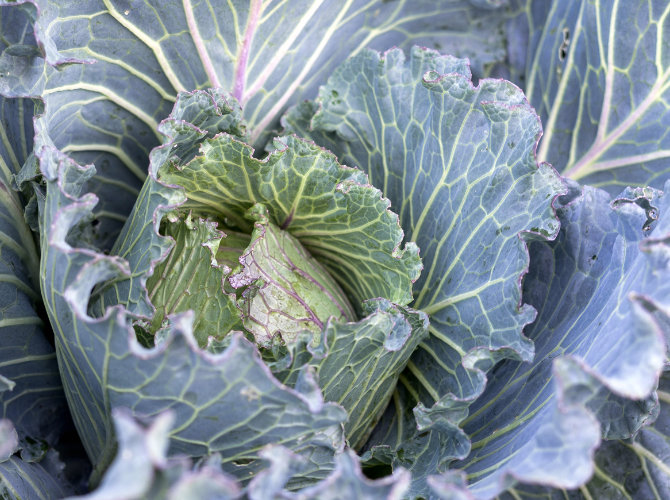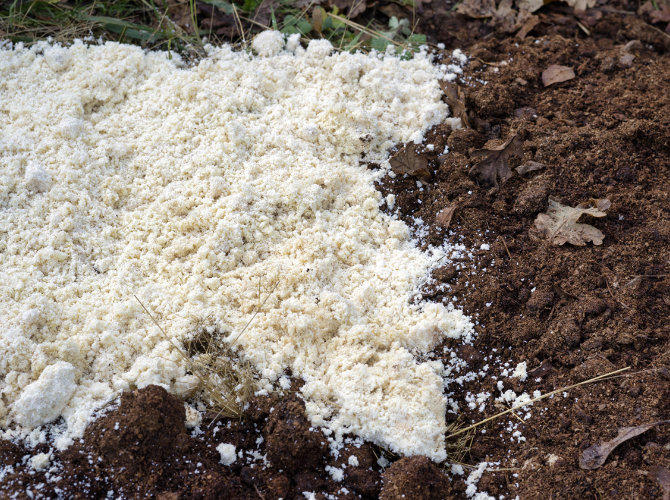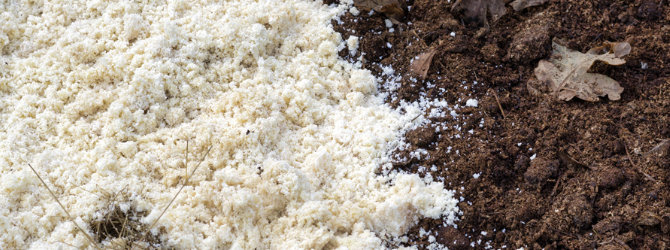Predicting winter weather is as hard aspredicting summer weather in Britain, which makes it difficult to advise on jobs. We’re pretty sure of seeing some hard frosts but those dreaming of a white Christmas are actually more likely to see a white Easter.
Plan ahead:
It might be frightful outside but that’s anopportunity to plan what you’re going to do next year. December & January are the traditional months for placing your seed orders.
Keeping with brassicas, don’t forget Brussels Sprouts. Start picking from the base upwards, leaving the smaller ones at the top to develop. I actually prefer sprouts as a frozen vegetable. Blanch for 3 minutes prior to freezing. To use, defrost and then drop into a shallow lidded pan with melted butter, salt and ground black pepper. Keep moving in the pan to avoid burning and serve when hot all through, a matter of a few minutes. Delicious!
Leeks should now be ready, just take what you need and leave the rest to stand until required. Leeks are much better harvested from the garden as they are required but in severe weather this can be difficult, so you can lift a few and heel them in on well dug ground, this will not freeze solid and will keep them fresh.
Any carrots left should come up to prevent pest damage in the ground for storage in damp sand or peat in the shed. Parsnips and swedes can be lifted and stored the same way although they are very hardy and may be left if the ground is not needed. You can always cover them with fleece or straw to help stop the ground freezing them in.
You may well have perpetual spinach,celeriac, chicory (non-forcing and forcing varieties), endive, kale, kohl rabi,lettuce, winter radish, spinach, turnips available.

Tidy old perennials Cut back perennials that have turned to mush and don’t offer anything in the way of prettiness or food for the birds. Cut back the decaying material, chop it into small amounts and add it to the compost heap.
Plant fruit bushes If the soil isn’t frozen, plant bare-root fruit bushes such as gooseberries, raspberries and blackberries. Dig a hole that can comfortably take the plants roots without them having to be squashed. Make sure you label the plants after planting, so you know which varieties you are growing.
was asked his favourite time of year in the garden, he would always reply, “Now.” So forget hibernating until spring: dress for the weather and get out into your garden or allotment.
Help wildlife
Resist the urge to tidy up. I’m itching to cut back the unruly ivy in my garden, but I’m holding back until spring, because right now it’s providing valuable thick cover for wildlife: its flowers and berries are valuable winter food sources, too. Many creatures will be sheltering in leaf litter and the hollow stems of dead perennials. Hedgehogs should be hibernating in drifts of dead leaves and log piles, so avoid strimming or burning leaf piles. They may still venture out on mild evenings at this time of year: leave dog or cat food, or mealworms, out as an extra food source.
Take on a new allotment. Now is the ideal time for clearing and preparing the ground for early planting and sowing.
If you want to move established deciduous trees or shrubs to another part of the garden, now is a goodtime. Choose a calm, dull day to help prevent roots from drying out.
Choose your mail order plants. Annuals, perennials and summer-flowering bulbs are delivered in spring so seek inspiration now, either online or in catalogues.
Lift the last of your leeks and parsnipsbefore the soil becomes frozen, and heel them in to a trench beside aconvenient path. They will keep well for several months like this and can beeasily brought indoors when required.
Lift and divide established clumps of rhubarb to renew the plant’s vigour. Sections taken from the outside of the plant are better than those from the centre.
Remove yellowing leaves from your winter brassicas as they are no use to the plant and may harbour pests and diseases.
If you haven’t already, cut down dead asparagus foliage and the top growth of Jerusalem artichokes. Order your asparagus crowns now for planting in spring.
Dig over empty borders and pile manure on top – let the worms and frosts break up the clods of soil.

Try digging a trench where you will begrowing your beans next year – fill it with compostable kitchen waste(not cooked food) and cover with soil again. This will rot down and improve thegrowing conditions for your beans.
Protect any remaining celery plants left in the soil by covering with straw or fleece.
4. Cover patches of soil for seed sowing with plastic sheeting, so you can sow earlier in warmer soil.
Winter vegetables really come into their own now, especially once parsnips and brussels sprouts have had a frost or two to improve their flavour.
May we remind you that it is not too early to order seed potatoes, especially if you are keen to grow particular varieties.
